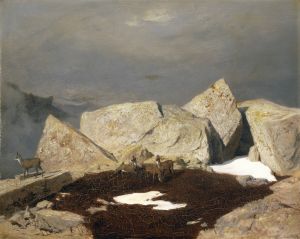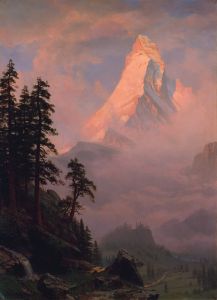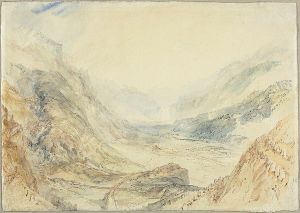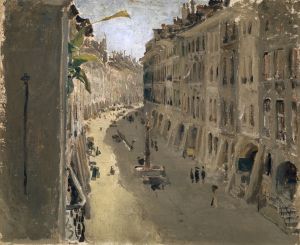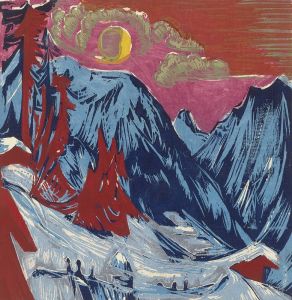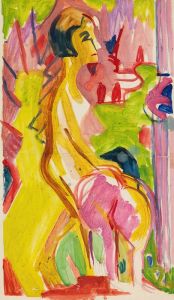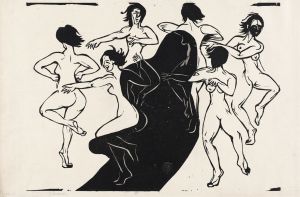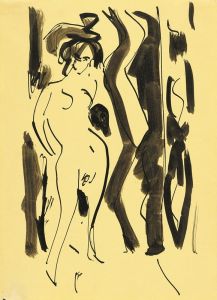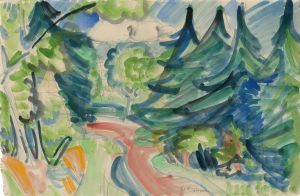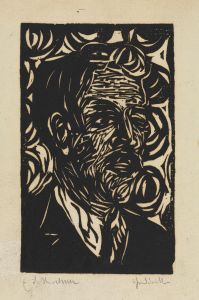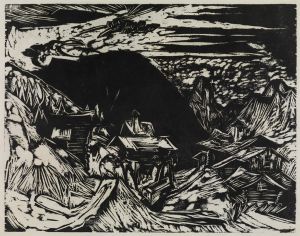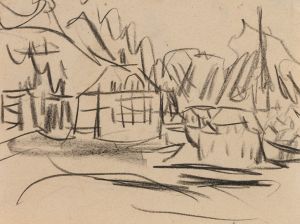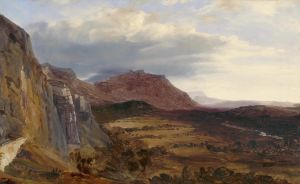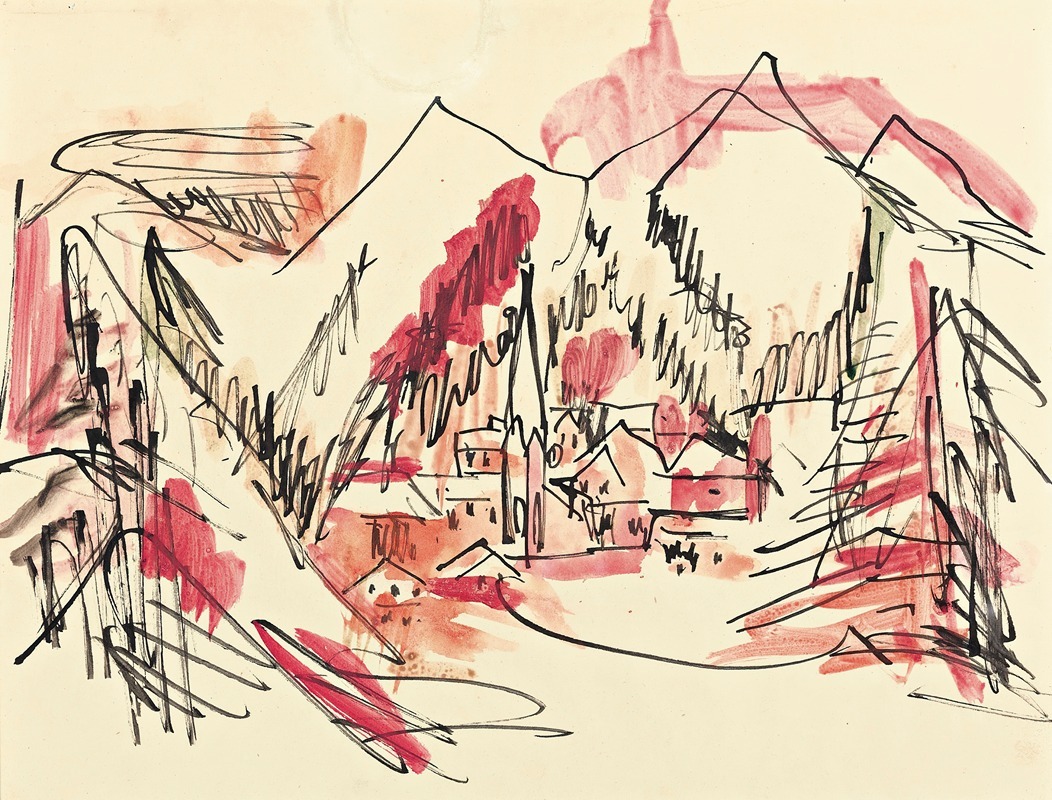
Landschaft Davos
A hand-painted replica of Ernst Ludwig Kirchner’s masterpiece Landschaft Davos, meticulously crafted by professional artists to capture the true essence of the original. Each piece is created with museum-quality canvas and rare mineral pigments, carefully painted by experienced artists with delicate brushstrokes and rich, layered colors to perfectly recreate the texture of the original artwork. Unlike machine-printed reproductions, this hand-painted version brings the painting to life, infused with the artist’s emotions and skill in every stroke. Whether for personal collection or home decoration, it instantly elevates the artistic atmosphere of any space.
Ernst Ludwig Kirchner, a prominent German expressionist painter, created the artwork "Landschaft Davos" during a period of significant personal and artistic development. Kirchner was a founding member of the artist group Die Brücke (The Bridge), which played a crucial role in the development of Expressionism in the early 20th century. His work is characterized by bold colors, dynamic compositions, and a focus on emotional experience over realistic representation.
"Landschaft Davos" is one of Kirchner's many works that depict the Swiss landscape, particularly the area around Davos, where he moved in 1917. This relocation was partly due to health reasons, as Kirchner sought to recover from the physical and psychological effects of his service in World War I. The serene and picturesque environment of Davos provided him with a new source of inspiration and a refuge from the turmoil he had experienced.
The painting captures the essence of the Alpine landscape with its vibrant colors and expressive brushwork, which are hallmarks of Kirchner's style. His approach to depicting the landscape was not to replicate it realistically but to convey his emotional response to the natural beauty and tranquility of the region. This method aligns with the broader goals of the Expressionist movement, which sought to express subjective emotions and experiences rather than objective reality.
Kirchner's time in Davos marked a significant shift in his artistic focus. While he continued to explore themes of modernity and urban life, the natural environment became increasingly prominent in his work. The landscapes he painted during this period reflect a deep connection to the Swiss Alps and an appreciation for their restorative qualities. "Landschaft Davos" exemplifies this connection, showcasing Kirchner's ability to blend his expressive style with the serene beauty of the natural world.
The painting is also notable for its use of color and form. Kirchner employed a vivid palette to capture the dynamic interplay of light and shadow across the landscape. His brushstrokes are energetic and fluid, imbuing the scene with a sense of movement and vitality. This technique allows viewers to experience the landscape not just visually but emotionally, as if they are immersed in the environment themselves.
Kirchner's work in Davos, including "Landschaft Davos," contributed to his legacy as a leading figure in the Expressionist movement. His ability to convey emotion through color and form influenced many artists who followed, and his landscapes remain celebrated for their innovative approach and emotional depth. The painting is a testament to Kirchner's skill in capturing the essence of a place and his ability to translate his personal experiences into compelling visual art.
Overall, "Landschaft Davos" is a significant work within Kirchner's oeuvre, reflecting both his personal journey and his contributions to modern art. It stands as a vibrant example of how landscape painting can transcend mere representation to become a powerful expression of the artist's inner world.





